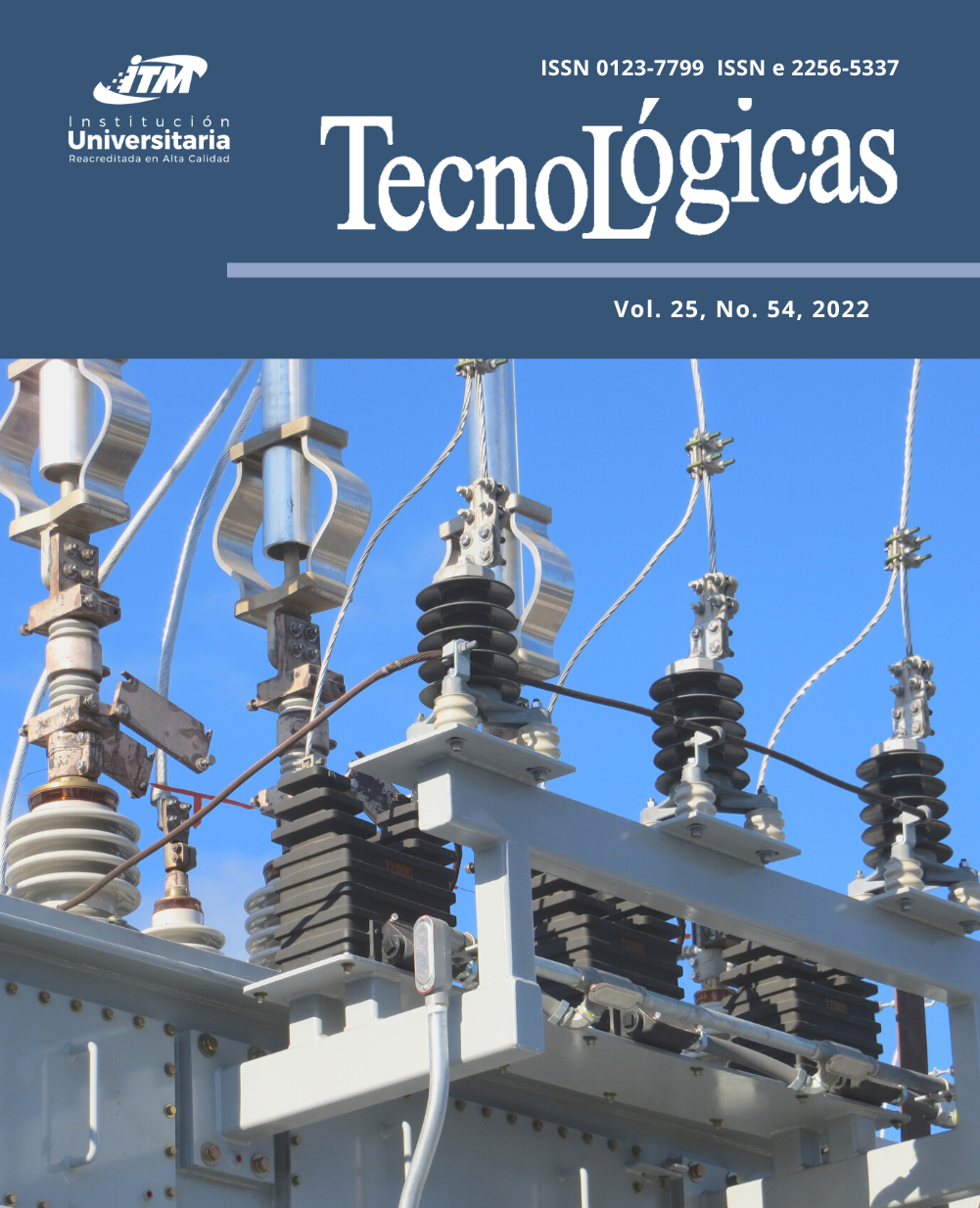Agro-industrial waste, an opportunity for the circular economy
Abstract
The current production model, based on a linear economy of "Extract, Manufacture, Consume, Dispose of", means that the amount of waste generated is increasing. According to the United Nations, an estimated 11.2 billion tons of solid waste are collected worldwide each year and, according to the World Bank, global waste will grow by 70 % by 2050 unless urgent action is taken [1, 2]. Just to give a few examples, 1,000,000 plastic bottles are purchased worldwide every minute, and 5 trillion disposable plastic bags are used on the planet every year [1]. Furthermore, of all the plastic produced in history, only 9 % has been recycled, and approximately 12 % has been incinerated. Therefore, the remaining 79% has accumulated in landfills, dumps, or the environment. Fortunately, awareness of the treatment of plastic waste is increasing, due in part to the visibility of plastic waste in areas such as seas, beaches, and rivers.
References
Organización de las Naciones Unidas, “Todos podemos cambiar la situación en los siguientes ámbitos.” https://www.un.org/es/actnow/facts-and-figures
S. Kaza; L. C. Yao; P. Bhada-Tata; F. Van Woerden, What a Waste 2.0: A Global Snapshot of Solid Waste Management to 2050. Washington, DC: World Bank, 2018. https://doi.org/10.1596/978-1-4648-1329-0
L. V. Peñaranda Gonzalez; S. P. Montenegro Gómez; P. A. Giraldo Abad, “Aprovechamiento de residuos agroindustriales en Colombia,” Rev. Investig. Agrar. y Ambient., vol. 8, no. 2, pp. 141–150, Sep. 2017. https://doi.org/10.22490/21456453.2040
M. H. M. Zainudin et al., “Enhancement of Agro-Industrial Waste Composting Process via the Microbial Inoculation: A Brief Review,” Agronomy, vol. 12, no. 1, p. 198, Jan. 2022. https://doi.org/10.3390/agronomy12010198
A. Vastolo; S. Calabrò; M. I. Cutrignelli, “A review on the use of agro-industrial CO-products in animals’ diets,” Ital. J. Anim. Sci., vol. 21, no. 1, pp. 577–594, Dec. 2022. https://doi.org/10.1080/1828051X.2022.2039562
D. Lee et al., “Recent progress in the catalytic thermochemical conversion process of biomass for biofuels,” Chem. Eng. J., vol. 447, p. 137501, Nov. 2022. https://doi.org/10.1016/j.cej.2022.137501
V. D. Katare; M. V. Madurwar; S. Raut, “Agro-Industrial Waste as a Cementitious Binder for Sustainable Concrete: An Overview,” in Sustainable Waste Management: Policies and Case Studies, Singapore: Springer Singapore, 2020, pp. 683–702. https://doi.org/10.1007/978-981-13-7071-7_62
J. Mo; Q. Yang; N. Zhang; W. Zhang; Y. Zheng; Z. Zhang, “A review on agro-industrial waste (AIW) derived adsorbents for water and wastewater treatment,” J. Environ. Manage., vol. 227, pp. 395–405, Dec. 2018. https://doi.org/10.1016/j.jenvman.2018.08.069
Downloads
Copyright (c) 2022 TecnoLógicas

This work is licensed under a Creative Commons Attribution-NonCommercial-ShareAlike 4.0 International License.










